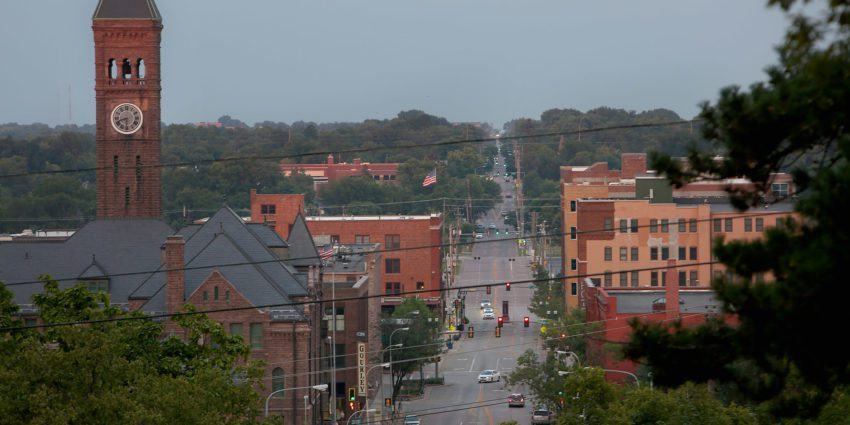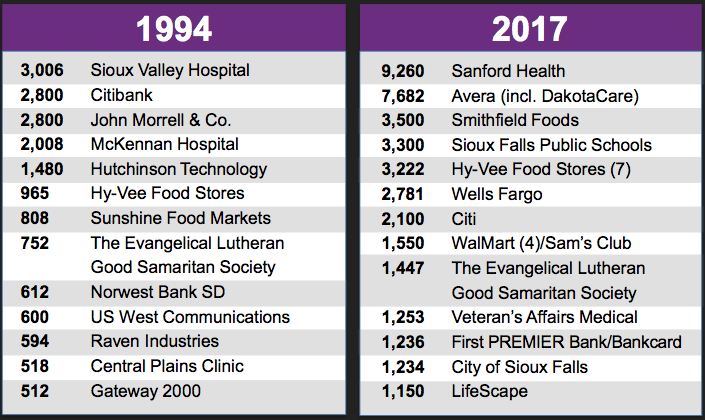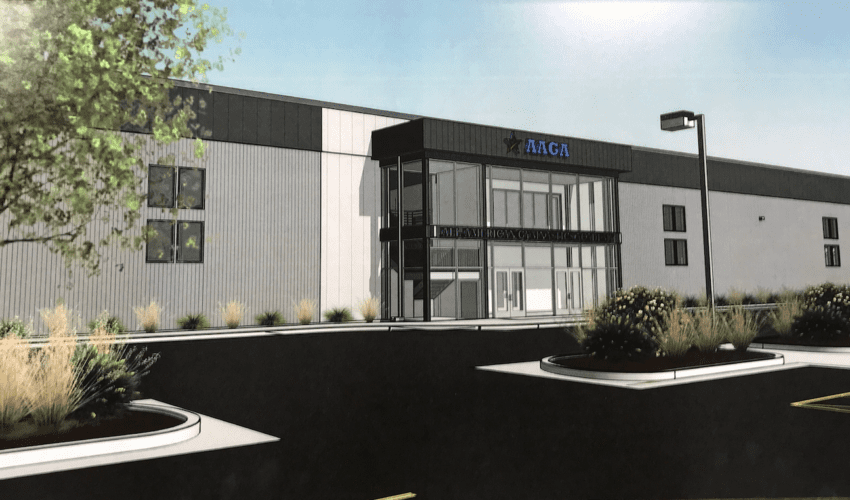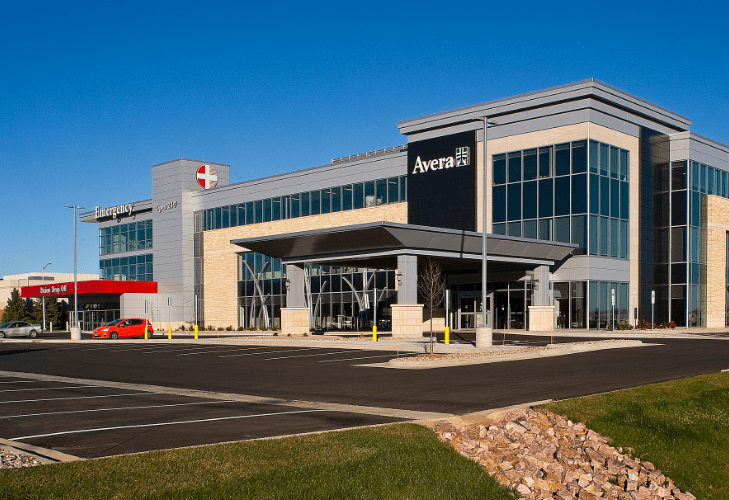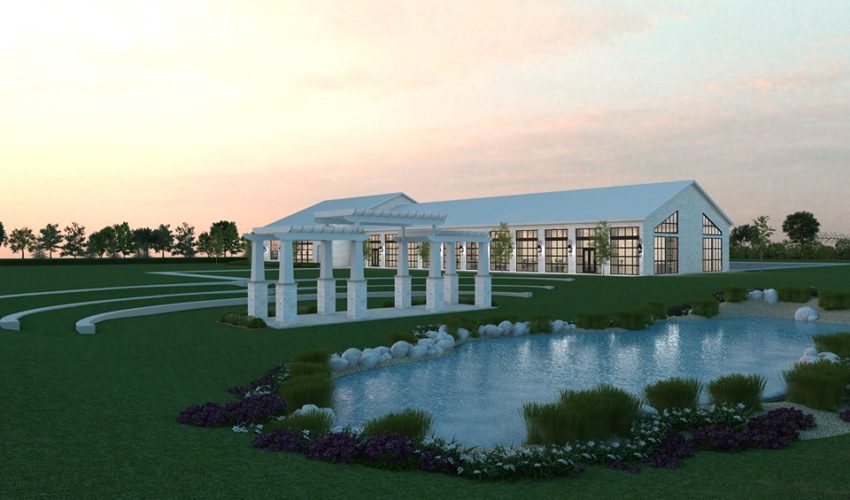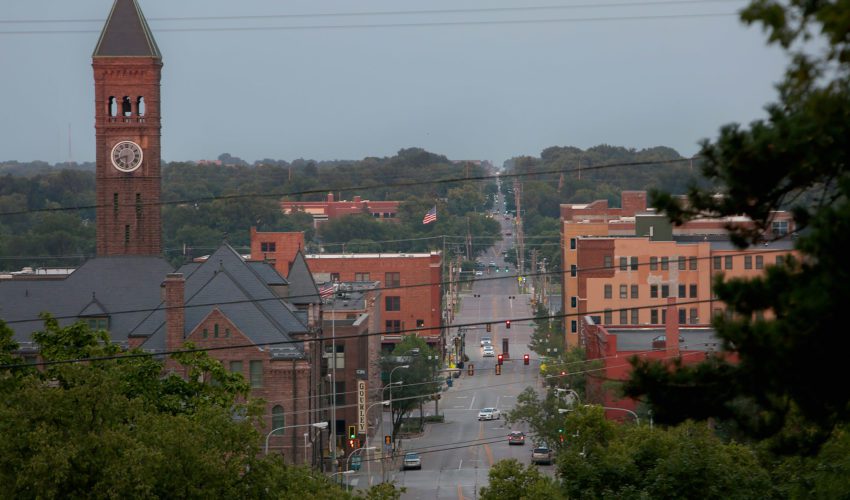Here’s a peek at Sioux Falls in the year 2040
By Jodi Schwan
Sioux Falls in the year 2040 could have up to 100,000 more residents and look dramatically different in how people live, work and shop, according to the city’s director of planning.
Mike Cooper gave a presentation recently at a conference for the Young Professionals Network, highlighting the changes he anticipates in the city in the next 25 years.
“The idea was to give the audience of young professionals a look at what Sioux Falls will potentially look like in the year 2040. Where will people work, live and shop? How will transportation change? Who will develop downtown? What will be challenges to growth?” he explained.
Using historical data, Cooper projected the city’s population will increase from 180,000 people today to between 251,000 and 282,000. That would bring the four-county metro area to more than 325,000.
The city’s physical boundaries will expand to touch Brandon, Harrisburg, Tea and Crooks, he predicted, totaling 120 square miles.
“And if trends continue, we’ll have over 200,000 workers in the metro area,” Cooper said.
He also pulled a list of top employers from 1994 and compared it to a current list. Some names have changed, but many have moved on and off the lists, too.
“Health care will continue to grow,” he said. “But instead of adding a bunch of big companies, I think we’ll see smaller startups.”
But as far as what types of jobs will exist, prediction becomes difficult. Six percent of current jobs will be lost to technology by 2021, according to research Cooper cited, and 65 percent of kids in school will take jobs that don’t currently exist.
As far as where people will live, seniors will prefer to age in their homes as opposed to living in senior housing centers when possible, Cooper predicted, especially as emerging technology supports it.
“But are other people going to live in the suburbs or the central city? We’re not sure. On one hand, people are moving into central cities and have been for five to 10 years. And people like apartments for the cool things they have, so that’s an attraction, but millennials are starting to move to traditional single-family, low-density areas.”
In retail, online and discount shopping could continue to dominate the industry, he said, although “millennials prefer downtown shopping in historic areas, and our downtown is very robust,” adding that the redevelopment of the downtown rail yard will dominate at least the coming decade downtown.
The great unknown – and likely difference-maker – is transportation. As ride-sharing and eventual autonomous cars reach widespread use, “it will affect our growth big time,” Cooper said.
“The shift in transportation is going to be a real game-changer for future development patterns of the city, and I don’t think we fully understand the impact it’s going to have at this point.”

